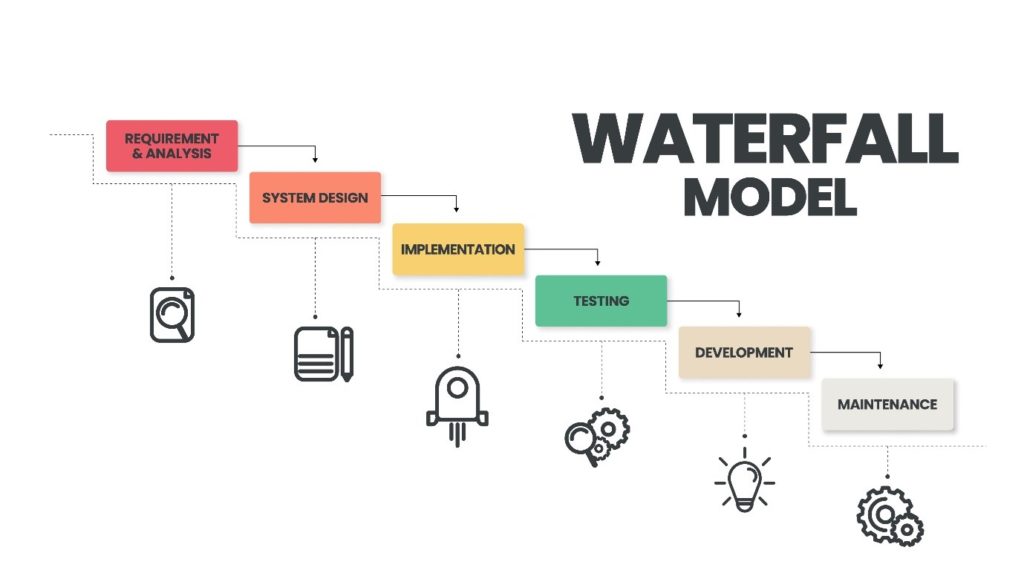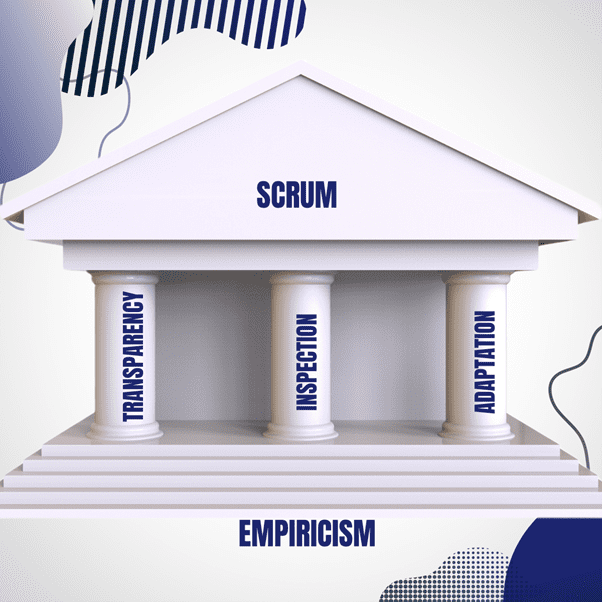The first ever project management model built and applied to a software development lifecycle was a “Waterfall Model”. As the name itself describes, the Waterfall Model follows a top-down approach where project actions are each following in sequence one after the other. The Waterfall Model works well when the requirements are static, and the project is a short-term project. The Waterfall Model also comes with significant documentation requirements which can be complex to manage in regard to version controls and document updates

In contrast to the Waterfall Model, the Agile Delivery Methodology provides a number of benefits.
Agile means “Change”. This methodology perfectly blends with projects that have changing requirements and are more focused on customer-centric project deliveries where customer feedback can be incorporated. Agile follows an Iterative approach. It focuses on the Minimum Viable Product (MVP) to deliver outcomes in a fast and most efficient manner. Agile has different delivery methods – Scrum, Kanban and, Lean.
Scrum follows an empirical process based on observations and facts.
There are 3 scrum pillars –
- Transparency
- Inspection
- Adaptation

These scrum pillars can be applied in any methodology irrespective of the software development lifecycle model.
- Transparency allows scrum team members to provide regular status updates of their work and understand what is happening in the sprint. The best example of transparency is a daily stand-up meeting.
Team members can represent and show transparency in different ways:
- Reporting through excel
- Graphs and charts in JIRA/Azure DevOps
- Inspection and checks are required from each scrum team member to check their work and understand what the deviations towards any unplanned work or any high priority work are. An example for an inspection is a Sprint review meeting. Team members come together to develop a solution and transparency is a must for inspection.
- Adaptation is to change towards the selected approach or solution on unplanned work. Inspection is a must prior to adaptation to the team. Regular inspection could bring new cadences to the team’s work. A good example for Adaptation is a Retrospectives meeting.
The scrum team can develop the new or amended action items to bring changes to the project and team.
Using and applying these 3 pillars will enable the scrum team to –
- Focus on Business Value
- Plan and Inspect goals regularly
- Build Trust
- Be Transparent
This will help the scrum team to achieve great project delivery and manage their clients effectively.




